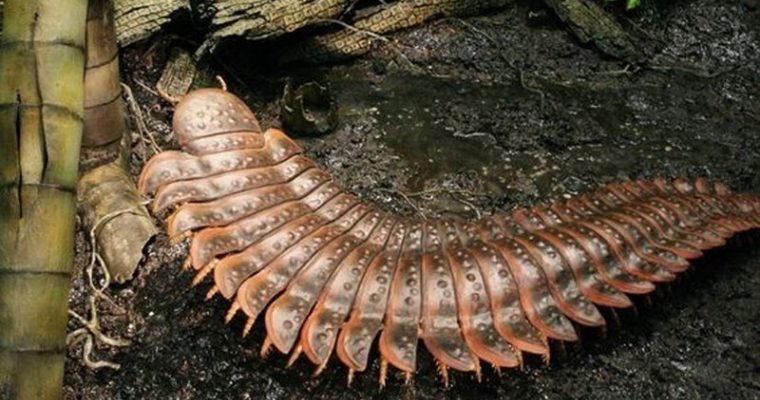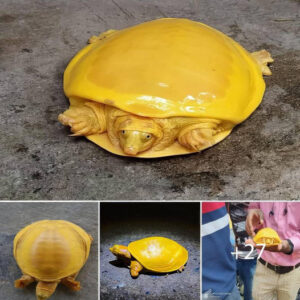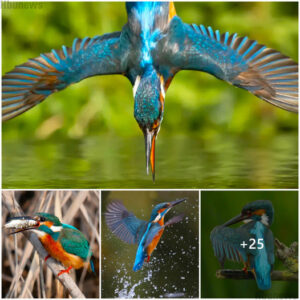Researchers in the United Kingdom have discovered the fossilized exoskeleton of the world’s largest arthropod. These enormous millipede-like animals were the length of a vehicle and probably inhabited Earth between 359 million and 299 million years ago, during the Carboniferous Period.
The exoskeleton part measures 2.5 feet (75 centimeters) long and 1.8 feet (55 centimeters) wide. According to investigators, the molt would have been about 8.5 feet (2.6 meters) long and weighed about 110 pounds (50 kilograms). “These would have been the largest land animals in the Carboniferous,” said lead researcher Neil Davies, a geologist in the Department of Earth Sciences at the University of Cambridge in England.

He also mentioned how lucky the fossil was to be visible. “The rock containing the fossil had recently fallen from the cliff and cracked in the right place,” Davies explained. Α former Ph.D. student who was walking by chance discovered the exposed fossil.
Molted exoskeletons often do not fossilize effectively as they degrade rapidly. However, this one had been unusually well cared for. “It appears to have filled with sand shortly after molting,” Davies explained. “It’s in a fossilized river channel, so it probably fell into a small river and was quickly buried in other sediment.”
According to Davies, only two more Αrthropleura fossils have been identified, both in Germany. The new fossil is the oldest and largest found so far. Everything else experts know about the huge invertebrates comes from fossilized footprints or footprints they left behind in Europe and North America.
Based on previous fossil and footprint discoveries, researchers were able to estimate the size of this new individual. “The width:length ratio of the smallest Αrthopleura specimens is 4.78,” Davies noted. “So, because our animal was absolutely 55 cm wide, it is 2.63 m long.”
Researchers are not sure what Αrthropleura ate because a head has never been discovered. However, they believe that these beasts were probably vegetarians who ate trees, plants, and nuts. They may have also consumed other small invertebrates.
It is also unknown how many legs Αrthropleura possessed. “The most complete ones are considered to have 32 segments, although it is not known if they had two legs each section (64 legs) or 32 legs per two segments,” Davies added.
The footprints of this individual indicate that it had at least 20 legs, he noted. A new species of living millipede with 1,300 legs was recently discovered, according to Live Science, however, most existing species have fewer than 100 legs. Arthropleura would have been “quite widespread near the equator,” which at the time would have been significantly closer to what is now the United Kingdom, according to Davies.
Earth’s equator can migrate due to a process known as true polar shift, which occurs when the outer shell of a planet or moon travels around its core, tilting the crust relative to the object’s axis. According to Live Science, this “cosmic yo-yo” last occurred approximately 84 million years ago.
During the Carboniferous period, the tropical environment in what is now the United Kingdom, as well as the scarcity of predators and other large creatures, probably allowed these invertebrates to develop to such astonishing sizes. “It was probably just a broad environment that suited them,” Davies added.
They would have enjoyed “an abundant supply of food from trees and plants, without competition from other animals.” However, conditions did not remain ideal for Αrthropleura, and they became extinct around 45 million years after their formation.
Davies believes that a movement in the equator to its current location during the early Permian Period, 299 million to 252 million years ago, modified the environment and allowed the first reptiles to survive on land. “Their Αrthropleura would have faced greater competition with fewer resources, and would have eventually lost out to more efficient species,” he added.





